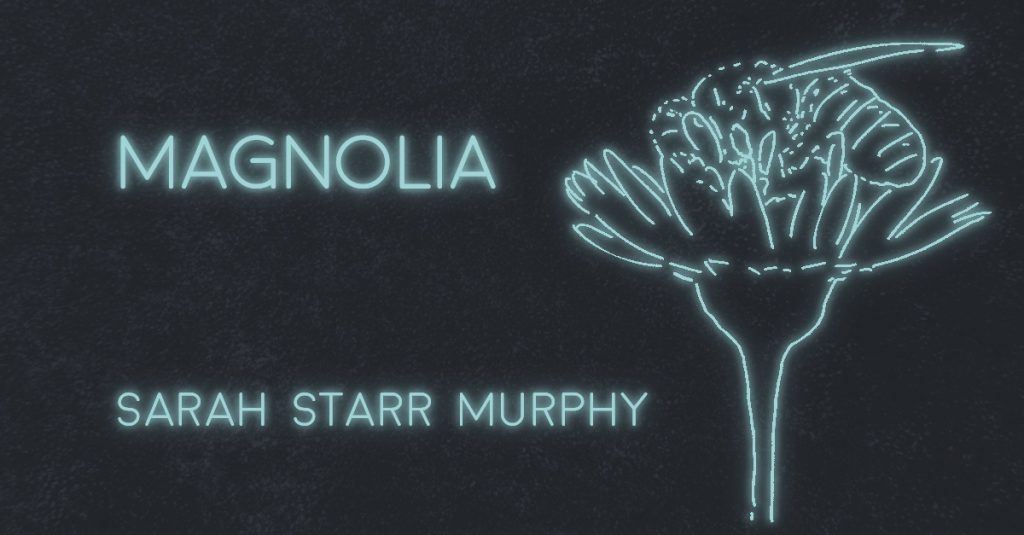The bumblebee swerves across the yard to a yellow daffodil. The bee clings to the flower’s face for an instant, then crawls on her abdomen into the cylinder of the corona, stretching her tongue towards the sweet nectar and flattening her last two legs behind like a puppy. She nuzzles in, wriggling. She backs out, clinging onto the rim with her four hind legs. Her front two legs wipe the pollen from her furry body. It falls in tiny but discernible chunks. She wipes her head a few more times, then buzzes off for the next flower.
The young boy runs through the grass, holding a plastic camel in one hand. He flops down on his stomach, weaves his camel through the grass. It’s in a standing pose, but its plastic legs are curved and uneven. The camel has one hump and a bridle. Its ears are back, fierce. The boy makes it charge through the tall strands of grass, right up to a dandelion heavy with blooms. He tips the camel’s face into the flower so that it can eat. The camel’s muzzle is yellow with pollen. The boy stands and runs away, galloping the camel in parabolas through the air.
The horse discovered that the gate to its paddock was unlocked. The woman had forgotten to latch it that morning. She had been in a hurry, currying his coat too roughly, her application of the hoof pick uneven. The horse had shifted and shivered his flanks, had snorted his discomfort. The woman had left, and he had followed her to the fence, grazed for a while. When he reached for a fresh piece of grass, the gate nudged open on his forelock. He wasted no time in stepping through. He smelled skunk cabbage trodden by deer in the adjacent vernal pool. The horse snorted, then trotted down the driveway.
The man was late for work. He poured his coffee from the single-serve coffee maker into a travel mug and set his house alarm. He locked the door, the deadbolt. He made a circuit from outside to ensure there were no open windows, no possible points of entry. He was a correctional officer; he could not be too careful. He walked to his small car, tried not to notice how it still smelled of last night’s takeout pizza. He rolled down the windows despite the cool air. The fact of his tardiness weighed down his foot on the pedal.
The bumblebee selects another daffodil, but this one has a short orange corona and she must cling to the rim with all six legs while she drinks. She gets drowsy on the nectar, rumbling from one flower to the next. She sees more bright yellow on the dark strip of driveway. Gluttony leads her there; she stretches her pollen-coated limbs.
The boy feels the bee land on his back, a thump on his vertebra, and he cranes his neck. He sees the bee with its big black eyes, its many stripes, and he shrieks. He abandons the camel on the driveway and runs, the bee clinging to his yellow t-shirt. His father, hearing the commotion, heads towards the door.
The horse reaches the road and hears a crash in the woods; the deer are returning to devour the orange-striped tulips in the woman’s garden. All the horse knows is danger. Adrenaline shoots down his long legs, rippling his chestnut coat. His hooves strike the pavement and he gallops, tearing down the street. Froth builds in his mouth. Sweat runs down his flanks. His hooves are together and apart, together and apart, the cacophony fierce and ancient. He sees something yellow up ahead.
The man reaches to adjust his radio, tired of the irritating jingle for the local dentist. He presses on the accelerator as the car climbs a small hill.
The father stands at the door and sees, improbably, a horse galloping from the left, a car speeding down the hill from the right. His heart ceases to beat and he cannot breathe to scream because he sees his son standing in the middle of the road, doing some kind of dance.
The boy sees the horse first. Its mane is flying, saliva is streaming from its mouth, and its hoofbeats shake the ground. He hears the engine next and turns to see a car crest the hill. The boy realizes that he is in the road. He will be in trouble. The boy feels the air stir as the car and horse fly towards him, and he pulls his arms in and wraps them around his body. He is perfectly still, and he closes his eyes.
The man sees the boy first: a spot of yellow. He curses and yanks the wheel to the right, driving straight through a barbed-wire fence. He sees the horse as he jerks across the bumpy field to a stop.
The horse is afraid of the yellow boy and the veering car, but all he knows is to run. He increases speed, hooves sparking, ribs heaving a fraction of an inch from the boy’s head as he thunders past.
The boy opens his eyes. He is alone in the road. He checks the back of his shirt. The bee is still there, and he feels a half-breath of panic, but before he can move, it lifts off and flies away. He wants his camel and tries to remember where he left it. Far away, he can hear men yelling.
The bee flies to the next yard, to a towering pink magnolia, queen of the neighborhood. The wind shifts. The man, the father, the boy, the bee, and even the slowing horse breathe in the magnolia’s musky perfume.

